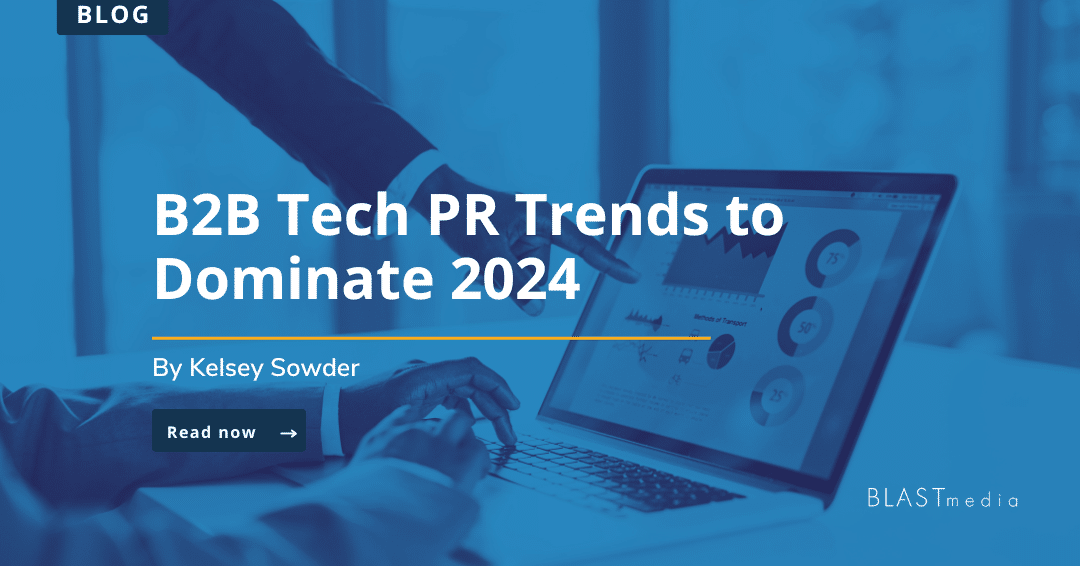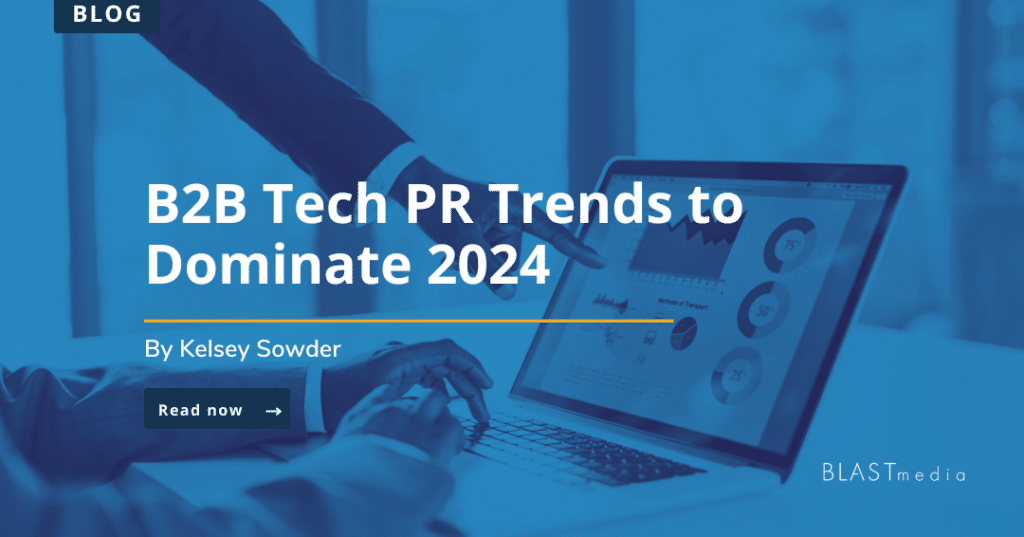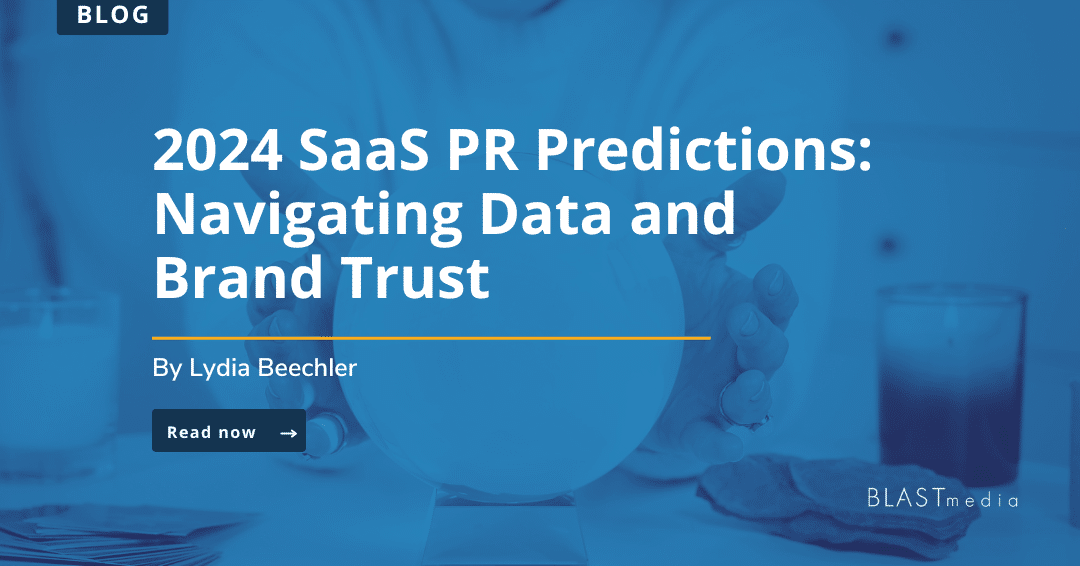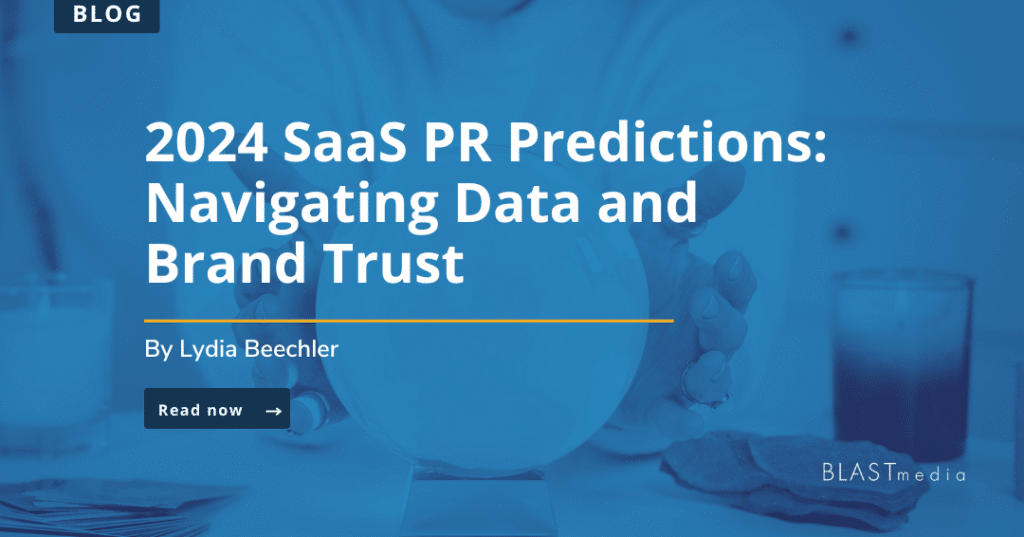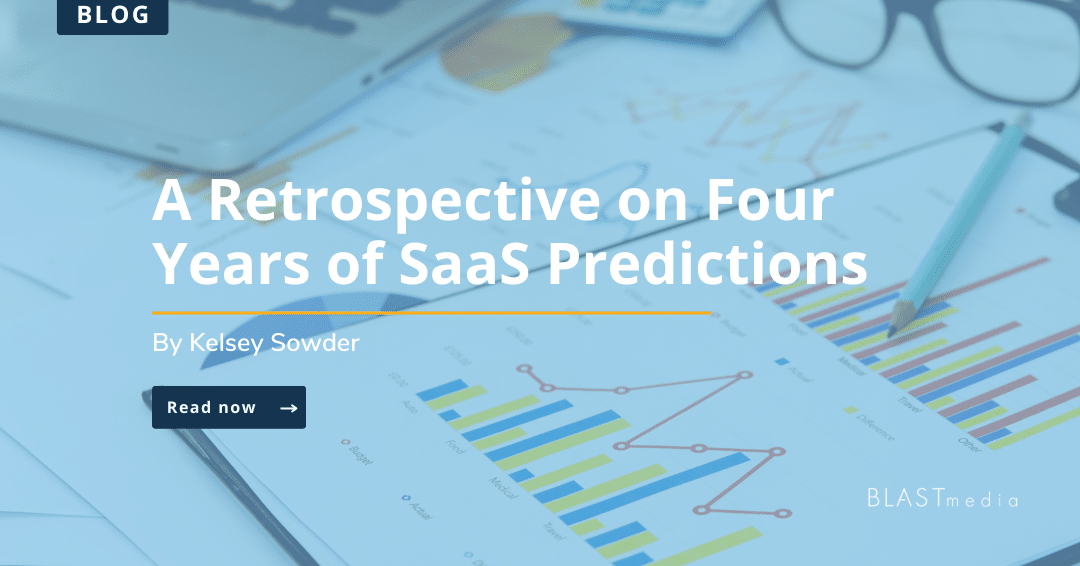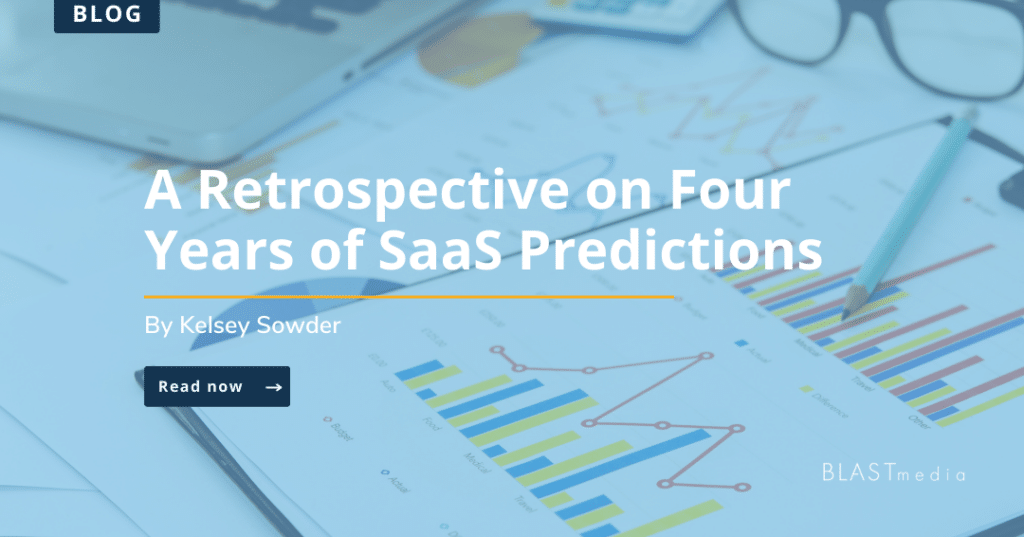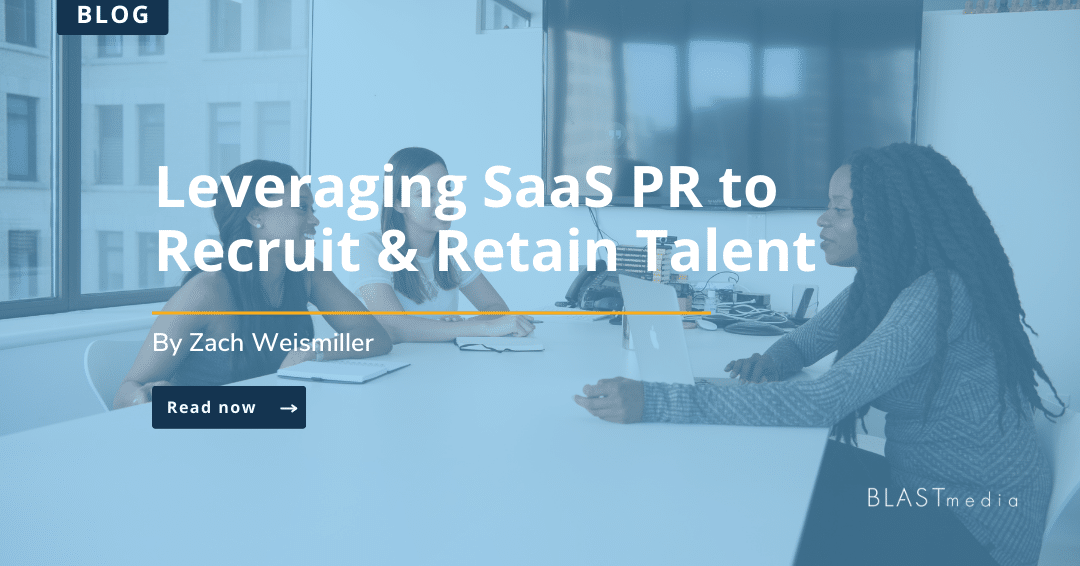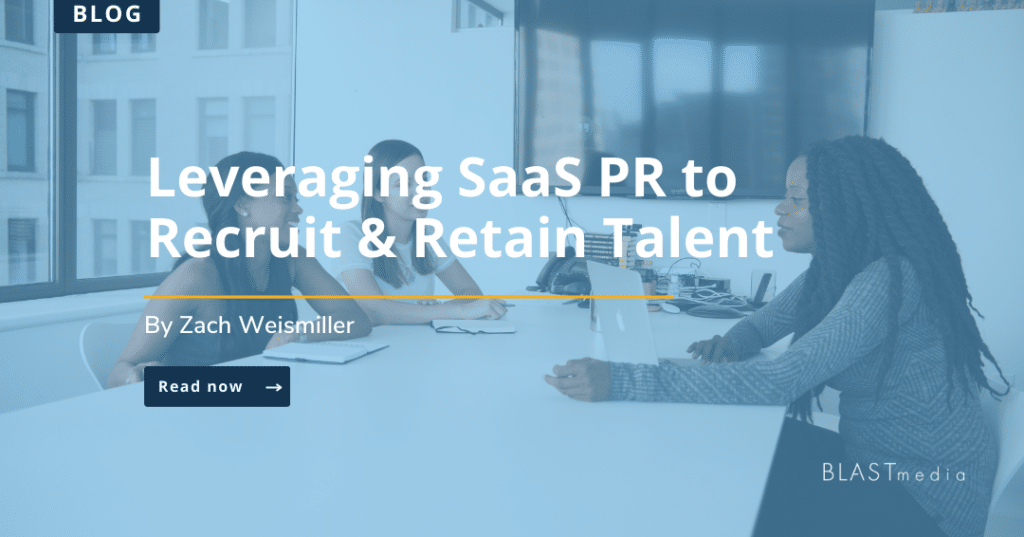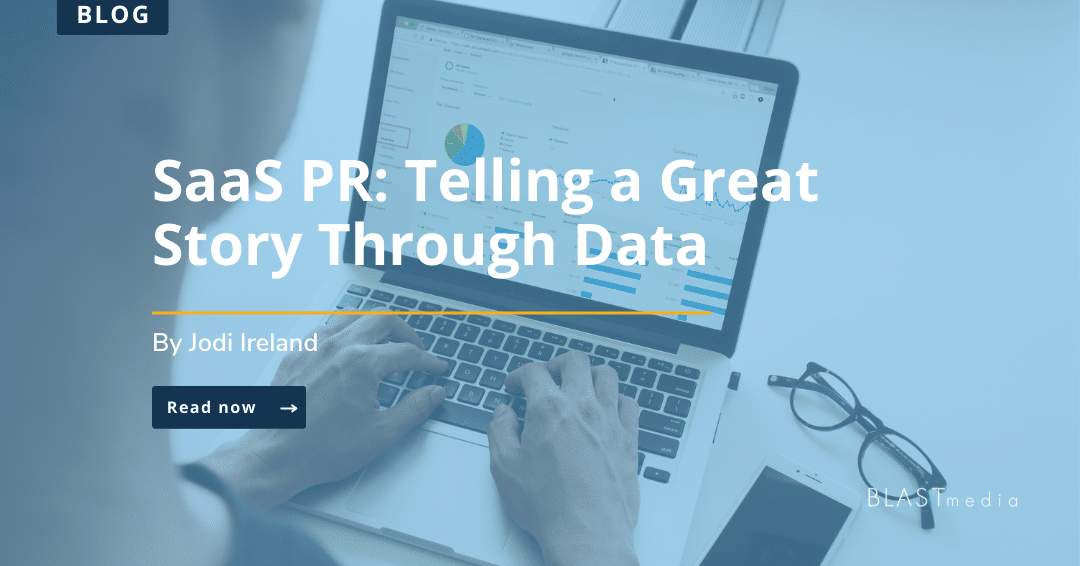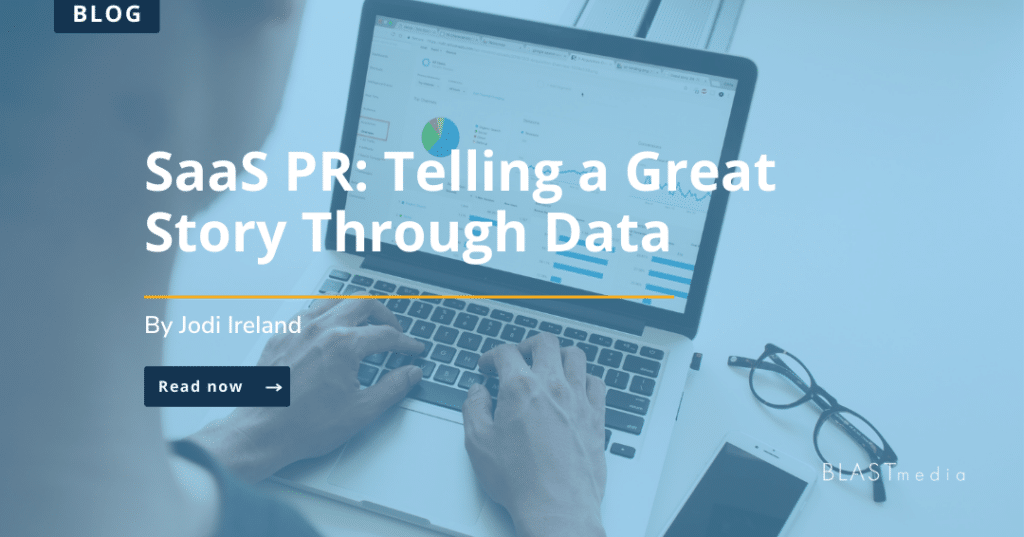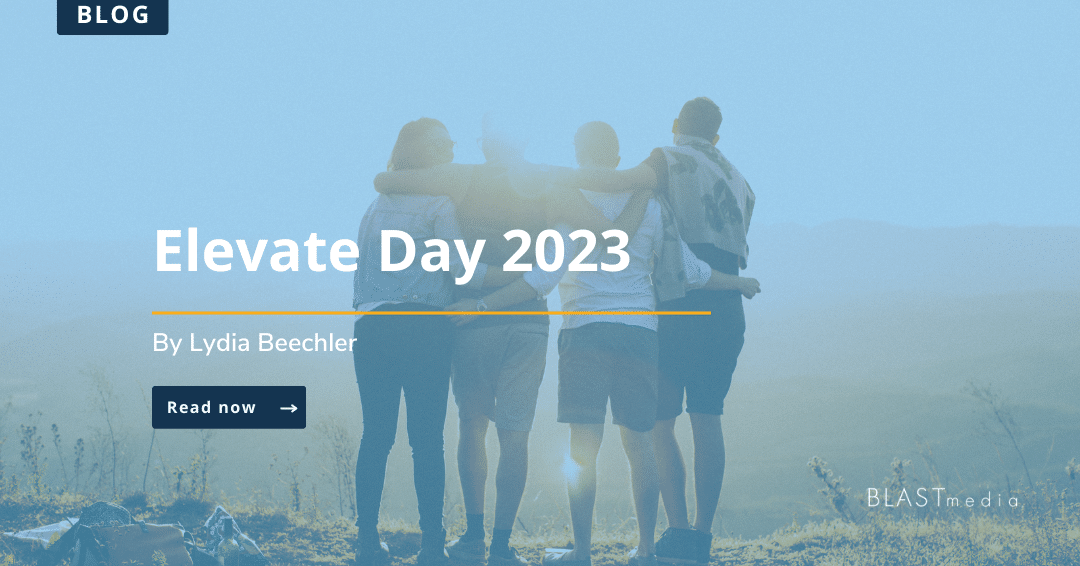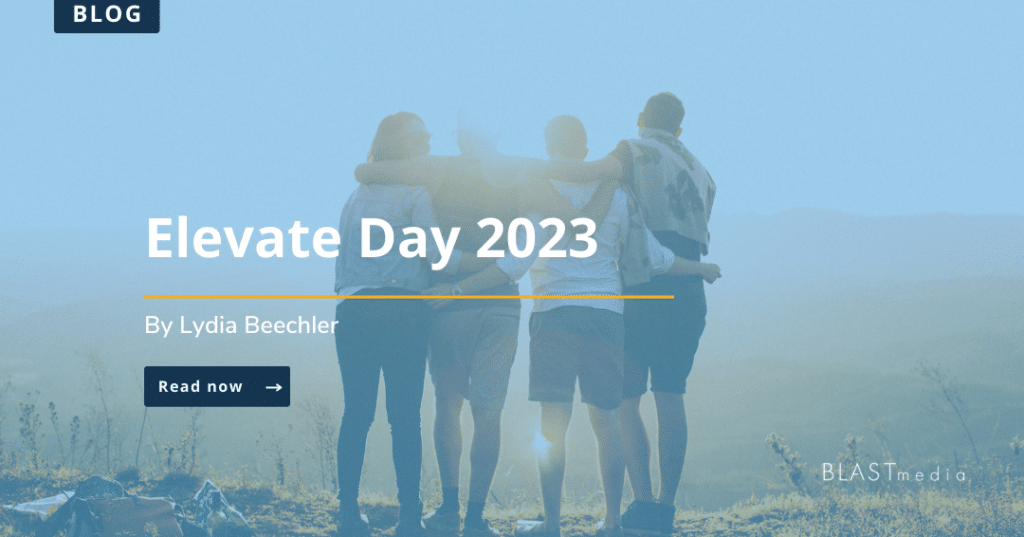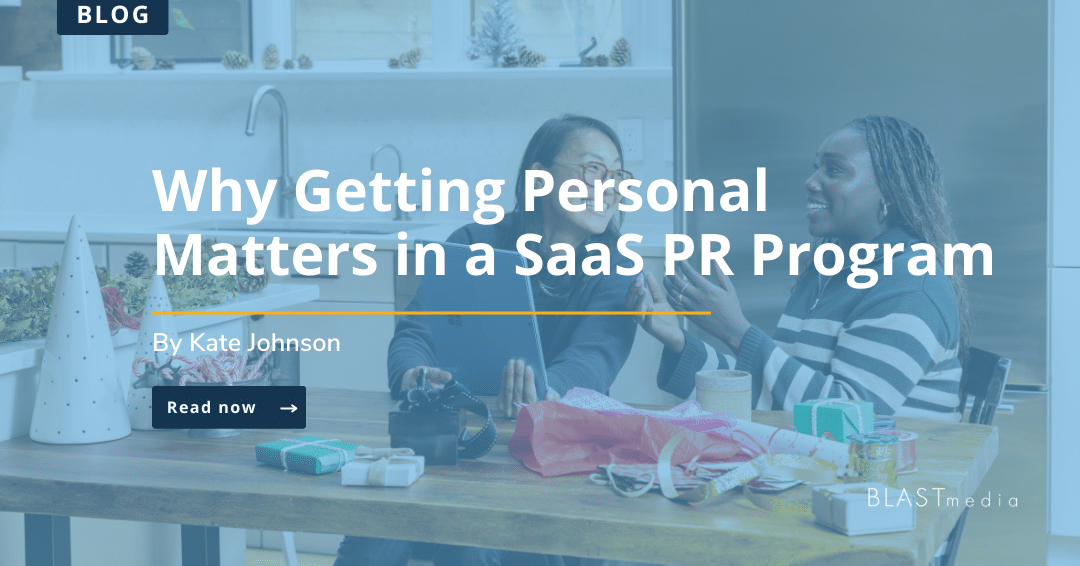
The PR industry has traditionally been a fan of big numbers. Hitting the 100+ pieces of coverage mark is exciting. Watching the likes and comments flow in on social media provides a dopamine rush. Metrics like advertising value equivalency (look, we’re in the millions!) or total potential reach (we’re in the billions!) can look great on a slide deck.
But, friends, the hard truth is that all of these KPIs or KRs — sheesh, we’re a fan of alternatives to “goals,” too — may not provide any real business value.
Is this the end of the industry? No, not at all. Do we have to evolve? Absolutely. Modern PR professionals must take a data-driven approach, tying their efforts to broader marketing objectives and demonstrating contribution to real business impact.
This post shows how traditional PR measurement limits PR and marketing teams and how the industry must shift to metrics that matter.
The Drawbacks of Traditional PR Measurement
Most PR teams report to marketing leadership, and according to MuckRack’s State of Marketing and PR Leadership, lead generation, the number of stories placed, sales, web traffic and conversion rates are the biggest priorities.
A simple, quick takeaway? Vanity metrics don’t cut it. Stakeholders want to see the measurable impact of PR, not just feel-good clips. Efforts need to sync with broader business goals to raise PR’s value. That requires moving beyond shallow reporting to prove links between PR programs and tangible marketing outcomes.
Using ABM to Demonstrate PR Impact
Let’s explore a concrete example of reorienting PR to business goals. A recent Terminus report reveals most marketers have an Account-based marketing (ABM) strategy, which relies on aligned cross-functional efforts across the most relevant and highest-value target accounts and contacts.
PR teams can support ABM by reviewing your target account list and decision-maker details to understand the businesses, roles and industry demands.
It can support sales penetration by spotlighting those accounts through earned media and relevant thought leadership. This captures decision-makers’ attention while associating the brand with strategic interests. It also provides valuable touchpoints for account reps to reference, facilitating meaningful engagement.
How does this look in action? A three-pronged effort could focus on:
Cornerstone content supporting lead generation
- Dynamic short-form video puts the company and experts front and center in our digital “town square.”
- Educational blog series provides content worth sharing
Customer elevation, supporting referral traffic
- Fresh and timely case studies give your best ambassadors the spotlight. This can be tough, but we outlined the customer PR process here!
- Strategic award nominations provide additional validation.
Sales support, supporting conversations
- Use our ABM list to incorporate key names in contributed content or podcast interviews, catching key targets’ attention.
- Drafting sales enablement emails to better equip your front line with the latest and greatest wins
The Bottom Line? PR Needs to Be Part of the Bottom Line.
The future of PR is integrating with broader marketing frameworks and goals to demonstrate real business contribution. Whether supporting an account-based sales pipeline or overall brand lift, PR must quantify impact through goal-aligned metrics rather than isolated vanity metrics.
By keeping measurement tied to targets the C-suite cares about, data-savvy PR teams make the function indispensable. Ready to modernize your PR program? Let’s chat.



